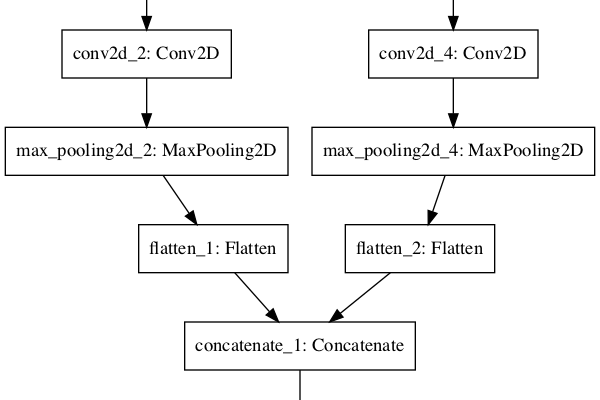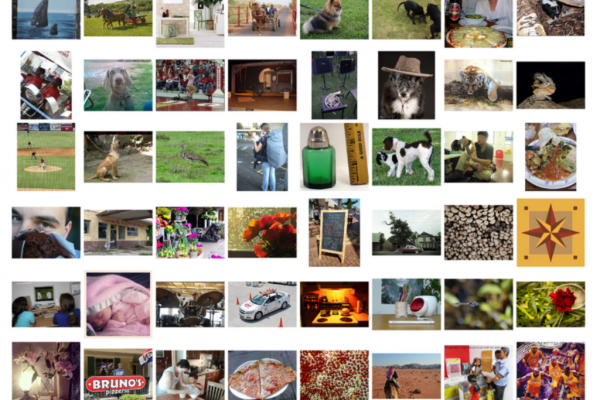How to Use the Keras Functional API for Deep Learning
Last Updated on May 28, 2020 The Keras Python library makes creating deep learning models fast and easy. The sequential API allows you to create models layer-by-layer for most problems. It is limited in that it does not allow you to create models that share layers or have multiple inputs or outputs. The functional API in Keras is an alternate way of creating models that offers a lot more flexibility, including creating more complex models. In this tutorial, you will […]
Read more








